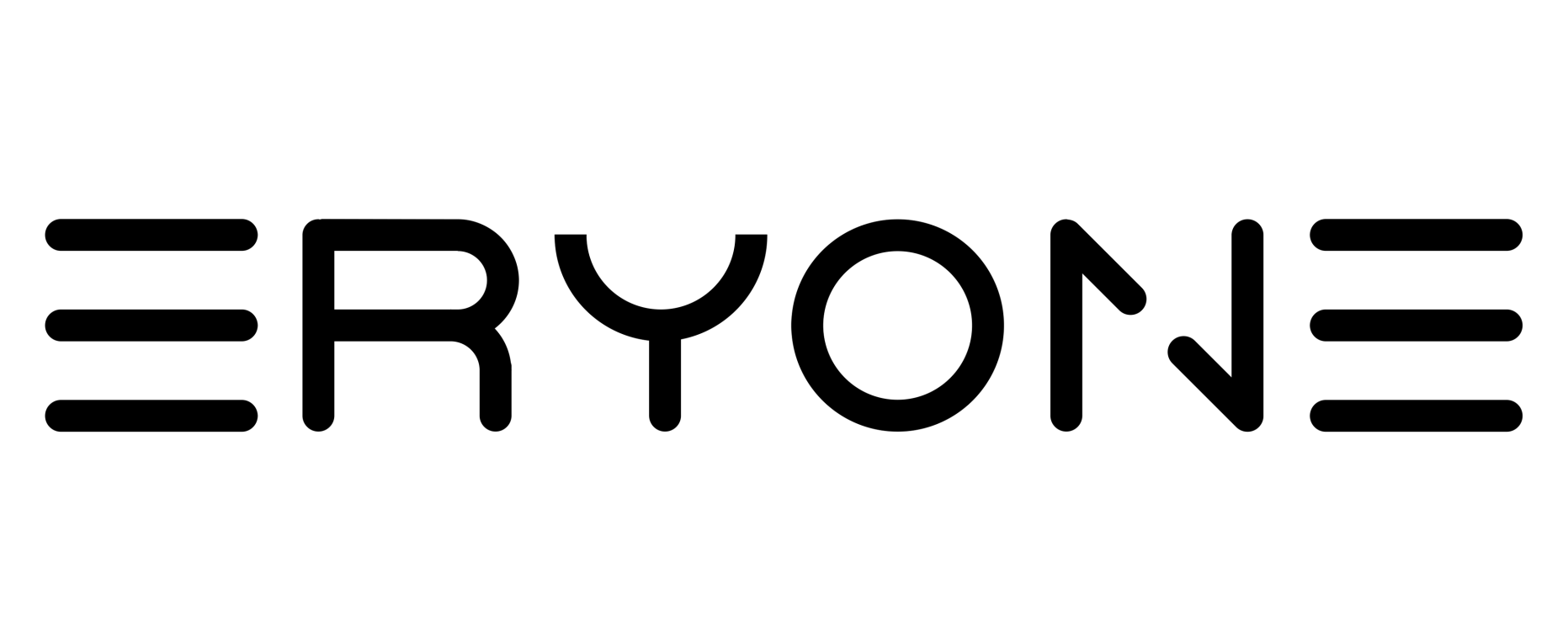Notre filament flexible TPU ERYONE est a filament à base de polyurethane thermoplasticique (TPU) dont la proprietary la plus remarquable est sa flexibilité. Also, because it is flexible, the TPU is considered to be very durable and difficult to make. Il peut bien absorber les impacts, ce qui en fait un filament idéal à utiliser si vous avez besoin d'un material solid. If you have been soin d'imprimer quelque chose qui doit être flexible, durable or résilient, than the TPU sera your meilleur choix.

Filament for impressive 3D ERYONE 1.75mm TPU, dimensional precision +/- 0.05 mm, 0.5kg (1.1 LB) / reel
10+ rolls, from €12 per roll. Explore Bulk Sale.
Product specifications
| Printing Speed | |
|---|---|
| Nozzle temperature | |
| Build plate temperature |

Regulation of the recommendation d'impression
Ender3/CR10/Mega-S/Thinker S/Thinker SE/ER-20 AVEC EXTRUDER BOWDEN
Bus temperature : 190~220℃
Temperature du lit chauffant
1) Surface d'impression magnetique PEI : 55~70℃
2) Lit in verre : 40°C-60°C
Vitesse d'impression : 10-30mm/s
Length of retraction : 4~5mm
Pourquoi choice ERYONE TPU ?
The ERYONE TPU was popular in the community of 3D impressions for its equilibration between rigidity and flexibility. De plus, avec a dureté Shore de 95A et a meilleure adhesion au lit, il est plus facile d'imprimer, me avec a imprimante 3D élémentaire comme la Creality&Ender 3. Que ce soit des pièces de drone, des étuis de téléphone ou des petits jouets, tout peut être imprimé facilement.
| New Column | New Column | New Column |

FAQ
1.Q : Can you use TPU on an important Bowden extruder?
A : Oui. Le matériau lui-même est souple et ne supporte aucune force. It is recommended to use the extruder to entrainment directly to obtain a good impression impression. L'extrudeuse à distance ne peut imprimer normalment qu'après modification.
2.Q : The température du lit chaud doit-elle être réglée ?
A : Non, ce n'est pas nécessaire. Vous pouvez imprimer des objects normalment lorsque le lit chauffant est à température ambiante.
3.Q : Pourquoi mon filament s'emmêle-t-il ? Comment puis-je le résoudre ?
A : L'emmelement du filament n'est pas dû à un enroulement désordonné ou imparfait. Selon la technology de production du filament, le filament s'enroule d'avant en arrière (de gauche à droite, puis de droite à gauche). Normalement, il n'y a pas d'enchevêtrement en surlignage. A cause frequente d'emmêlement est que l'extrémité du filament n'est pas fixée aux trous de la bobine. L'enchevêtrement en surligne ou le changement de sens d'enroulement provoque l'enchevêtrement du filament. The clients doivet donc fixer the extreme of the filament in the trous appropriés of the bobine.
4.Q : La buse est bouchée par le TPU, comment puis-je résoudre ce problem ?
A : A diamètre de filament inconstant, a température de buse plus basse et le replacement frequent par différents types de filaments sont à l'origine de ce problem. Donc, avant de commencer, nettoyez la buse et augmentez la température à une valeur appropriée.
5.Q : I got impressions of the problems of the filaments in the form of toile (stringing). Comment puis-je résoudre ce problème ?
A : A temperature trop élevée fait fondre et couler le filament TPU très rapidement. Veuillez baisser la température à une valeur appropriée.
Les paramètres de rétraction are not incorrect, adjust donc la longueur et la vitesse de rétraction.
6.Q : Il ya trop de filament fondu autour de la buse. Que dois je faire?
A : If there is a problem that has to be attributed to a temperature trop élevée, a vitesse d'impression trop faible et, dans le logiciel de découpe, le diamètre de la buse ne correspond pas à la sortie d'extrusion.
7.Q : La surface de mon impression n'est pas très lisse, et le filament extrudé a des diamètres inconstants. Pourquoi ?
A : The impression temperature is trop élevée ou trop basse. La température ne correspond pas bien à la vitesse d'impression. Vous devez adjust la vitesse ou la température d'impression.

TPU Filament
is a polymer material between rubber and plastic. It has excellent high tension, high tensile strength, toughness and aging resistance. It is a mature environmental protection material. TPU consumables are added on the basis of raw materials. It is made of toner and other additives.

Technical Specification
Print Temperature:190 - 220℃, Diameter:1.75mm (Tolerance:+/-0.05mm). Shore hardness 95A, Net weight 0.5kg(1.1lbs), We recommend hardened steel nozzle 0.5mm.

Less-tangle & Wide Compatibility
Full mechanical winding and strict manual examination, which guarantee the TPU filaments tidy and easy to be fed. Works perfectly with most FDM 3d printers on the market, such as Ender 3, Monoprice, Prusa, MK3, Creality, etc.

Print Feeling and Effect
We improve the performance of TPU Filament to make it easy to print, faster than previous TPU, excellent adhesion. Clog-Free, Bubble-Free, Low-Warp, Low-String. Full mechanical winding and QC inspection to make sure the line tidy, smooth feeding and reduce Tangle.
FAQs
What is the minimum order quantity for TPU Filament?
The minimum order quantity (MOQ) is 20 rolls, and you can mix different types or colors within the order. Each roll is priced at an affordable $11.
How does TPU Filament compare to PLA in terms of durability?
TPU Filament has higher toughness and hardness than PLA. Its impact strength is over 30 times that of standard PLA, and the elongation at break is more than 50 times that of PLA, making it much more durable.
What are the recommended printing temperatures for this TPU Filament?
The recommended printing temperature is 230°C - 250°C, and the heated bed temperature should be set between 70 - 85°C for optimal printing results.
Can I use this TPU Filament with my existing 3D printer?
With a filament diameter of 1.75mm and a tolerance of ±0.03mm, it should be compatible with most 3D printers that support this filament size. However, it’s best to check your printer's specifications for full compatibility.
































































